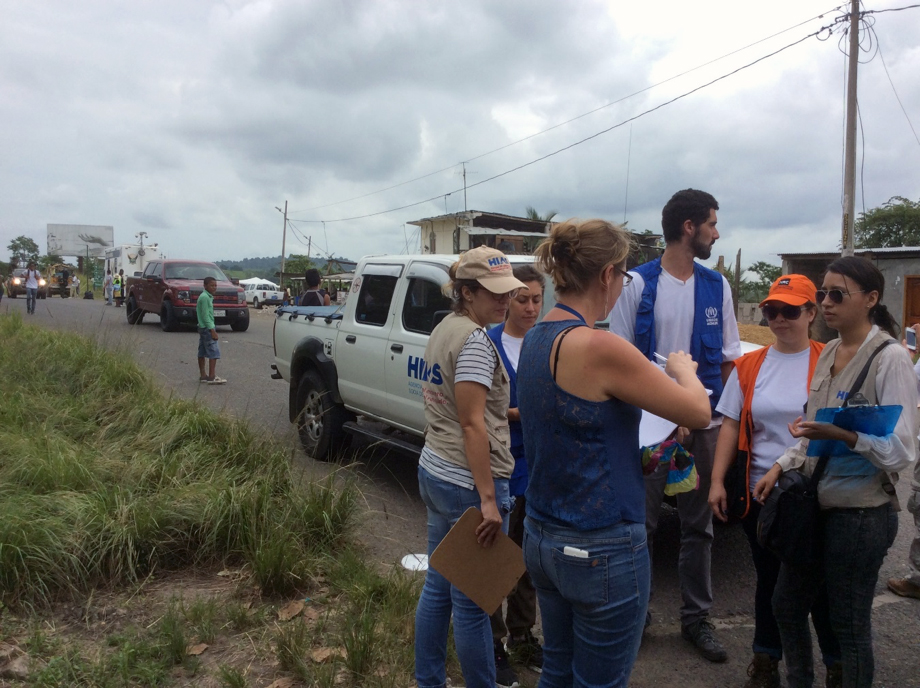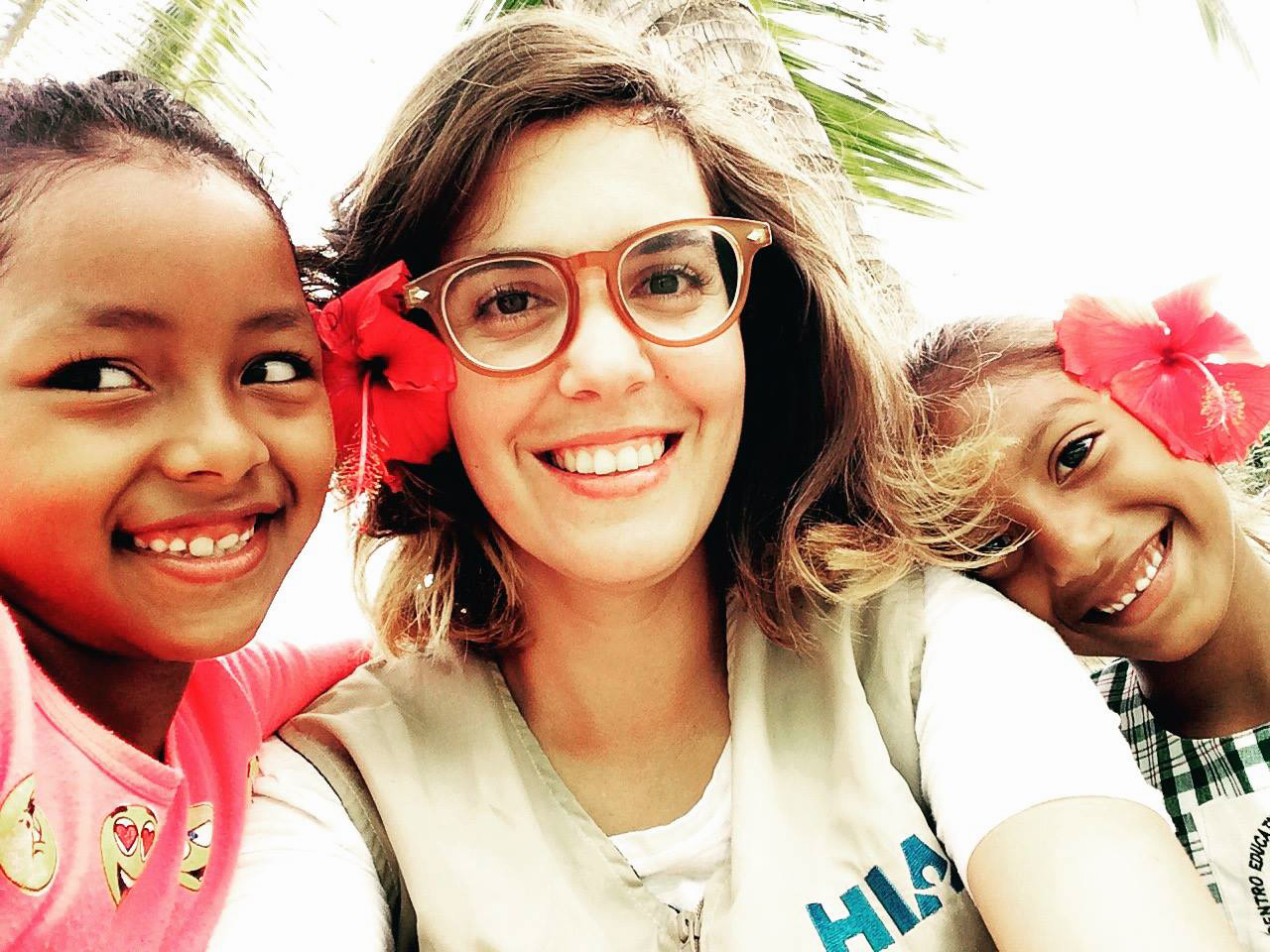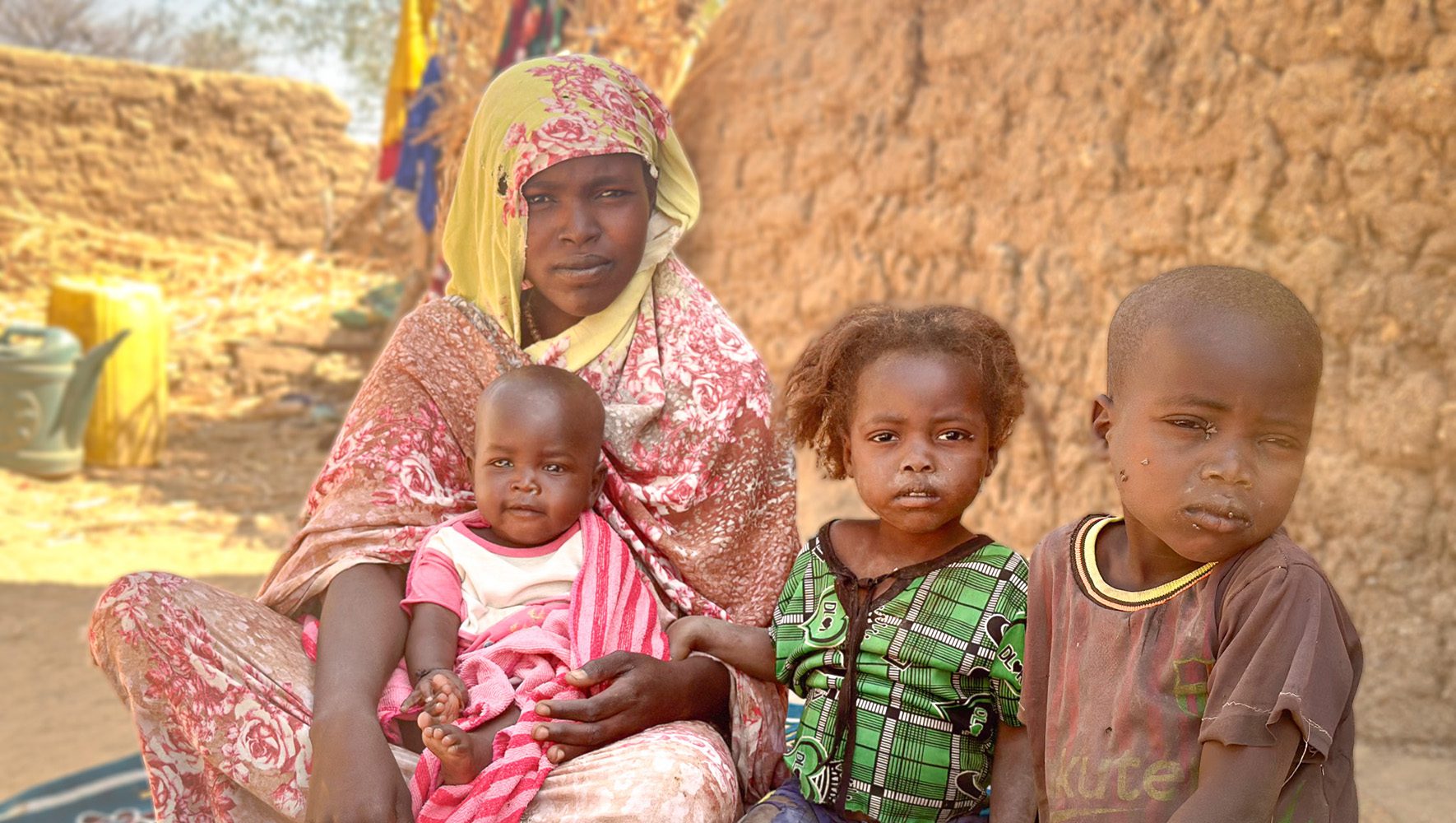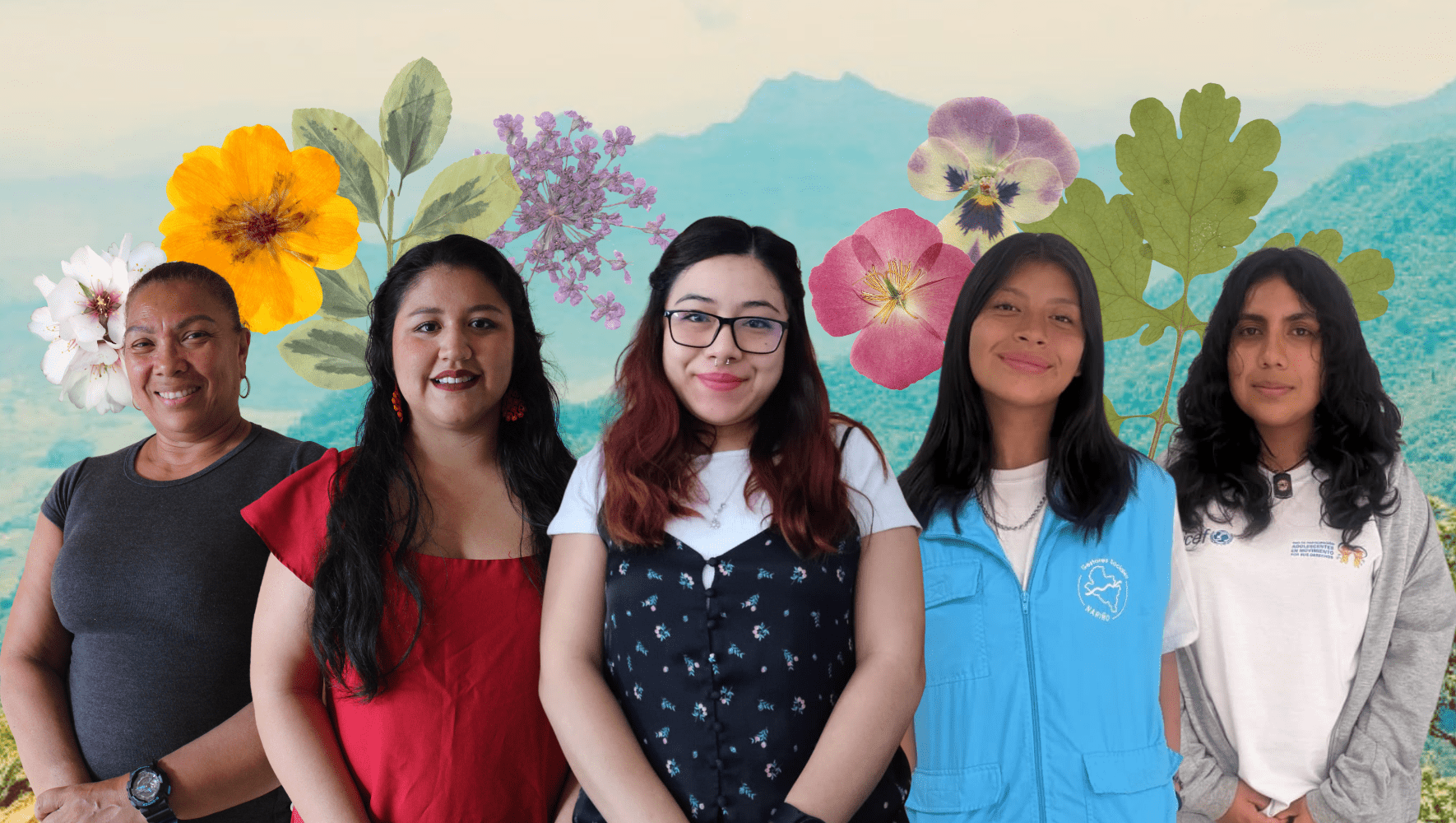Update From Ecuador: “People Here Have Not Lost Their Warmth and Hope”
By Rachel Nusbaum, HIAS.org
May 06, 2016
This story was originally posted on Medium. To follow HIAS on Medium, click here.
UPDATE 5/18/2016: On Wednesday, May 18, Ecuador was hit by another round of earthquakes. The first struck at approximately 3 a.m. local time, with a magnitude of 6.7. The second, a 6.8 magnitude quake, came at midday. Both had their epicenters along the coast, just south of Esmeraldas, an area already heavily damaged by April's shocks.
On April 16, Ecuador was hit by the worst earthquake it had seen in decades. The 7.8 magnitude quake, centered on the country’s northern coast, killed more than 650 people, injured thousands and left countless others homeless.
The disaster has had a dramatic impact on the country, including the hundreds of thousands of refugees who live there.
Heading towards Portoviejo, the capital of Manabi province, to do relief work “we found shattered roads, landslides, collapsed buildings, pain, suffering, anguish, despair and indescribably sad situations,” HIAS Resettlement Coordinator Jacqueline Bueno, a trained psychologist, told Radio Visión on April 29, 2016.
Manabi province was hit particularly hard. Before going in “we all had to prepare ourselves to face the reality and magnitude of the disaster, even those of us who are professionals in the field,” Bueno said.
“In the devastated areas in Manabi province, we found that most of the people trying to help victims — firefighters, rescue workers, officials and volunteers — were already affected by emotional stress, burnout and frustration,” Bueno reported.
“A disaster of this scale really takes a toll, not only on the victims but on the responders. It’s not easy to be in the field and see this kind of sadness,” said Sabrina Lustgarten, director of HIAS Ecuador. “Our goal is to support those doing this very difficult emergency work, to prevent burnout and enable them to continue to respond effectively to the needs of those displaced.”
[[{"fid":"1716","view_mode":"default","fields":{"format":"default","field_file_image_alt_text[und][0][value]":"","field_file_image_title_text[und][0][value]":""},"type":"media","attributes":{"style":"height: 272px; width: 400px; margin: 5px; float: right;","class":"media-element file-default"}}]]HIAS Ecuador is known for its psychosocial expertise, and mental health needs were a key concern in the aftermath of the disaster. UNHCR, UN Women and the Ecuadorian government turned to HIAS to help support those who would be the front lines of relief work in the field. HIAS staff headed to Manabi province to provide support, including training the armed forces who would be doing front-line relief work, distributing relief supplies.
The need is so great that Lustgarten is hoping to hire six additional psychologists to help support this work for the next three months. “Disaster response is incredibly taxing, mentally and emotionally. We are doing this to strengthen and improve the emotional state of those on the front lines of this disaster.”
The goal is to prevent burnout over what is certain to be a long and difficult relief effort.
HIAS, the global Jewish non-profit that protects refugees, has been on the ground in Ecuador since 2003. They provide humanitarian assistance at 11 sites across Ecuador.
Ecuador is home to the largest refugee refugee population in South America. The devastating earthquake creates a host of new challenges, both for the host communities and the refugees they have welcomed. HIAS Ecuador is working to assist both in the aftermath of the quake.
“Because HIAS has been working with refugees for many years, we know how to deal with survivor’s guilt,” Bueno said. “So we were able to identify the symptoms and organize several support groups, as well as individual therapies, to make both volunteers and victims realize that they need to rest, eat and sleep in order to avoid depression, nightmares and other symptoms.”
Ecuador is host to more than 130,000 refugees and asylum seekers. The vast majority have fled the ongoing violence in Colombia, which sits on Ecuador’s northern border. In 2015 alone, HIAS Ecuador provided nearly 55,000 refugees with assistance through legal, psychosocial, employment and humanitarian programs.
HIAS Ecuador has already identified 27 refugee families who were displaced by the earthquake, and Lustgarten expects to learn of more in the days ahead.
The HIAS team in Esmeraldas, another province seriously affected by the quake, has been going to the worst hit areas to inspect the damage and to take part in relief efforts. They are coordinating with other NGOs, as well as a number of government ministries, in these efforts.
Some families are still sleeping outside, in makeshift shelters or under plastic tarps. They are terrified, shaken not only by the initial quake but the hundreds of aftershocks in the days that followed. Thousands of others are now living in shelters.
Still, Bueno and the HIAS team continue to look for hope. “This disaster has awakened a sense of unity and solidarity in the whole country, the pride of being Ecuadorians and helping each other to face and overcome difficulties,” said Bueno.
“Despite pain and suffering, the people of Manabi and Esmeraldas have not lost their warmth and hope, and people from other provinces and countries are all making great efforts to show victims they are not alone,” Bueno said.
Click here to learn more about HIAS’ work in Ecuador. You can also support our work, in Ecuador and around the world, here.






